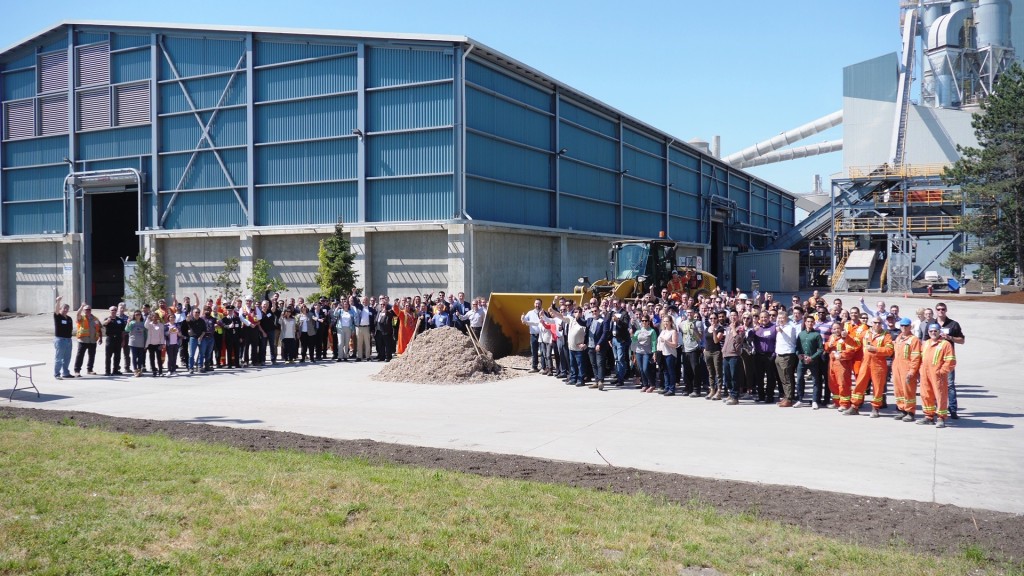Lafarge's Richmond facility aims to be most carbon efficient cement plant in Canada
New fuel system commissioned to improve emissions, drive zero waste future

Lafarge Canada Inc.'s Richmond Cement Plant has launched a new and improved lower carbon fuel (LCF) system to reduce greenhouse gas emissions associated with the production of cement. The initiative aims to make the facility the most carbon efficient cement plant in Canada. It will also help minimize landfill waste; specifically, non-recyclable plastics that are creating a backlog for municipalities across Canada.
Lafarge's newly commissioned fuel handling and delivery system is expected to replace up to 50 percent of the plant's fossil fuel use with lower carbon fuels. This rate of substitution could result in a 20 percent reduction of combustion emissions. The project cost $28 million and Lafarge received $14 million in funding support from the British Columbia Ministry of Environment.
"Lafarge is aligned with Metro Vancouver's sustainability goals for recovering energy from landfill-bound solid waste, a classic example of the Circular Economy in action. This new system allows us to more easily reach our target of substituting 50 percent of our fossil fuel use with lower carbon options. Data from our pilot suggests we can go higher—even up to 70 percent is realistic," explains Pascal Bouchard, Plant Manager.
LCF used by the plant is comprised of primarily non-recyclable waste byproducts; waste that does not have an existing or economically viable recycling outlet and is bound for landfills. It allows Lafarge to divert approximately 100,000 tonnes per year of waste from local landfills, the equivalent of about 8,300 loaded garbage trucks.
"With an ever growing population, using waste as a source of energy is the future of waste management and recycling. It offers superior environmental performance compared to landfill and incineration of waste and significantly reduces greenhouse gas emission from cement production," explains Sophie Wu, Head of Geocycle North America, LafargeHolcim's waste management subsidiary.
The 60-year-old Richmond Cement Plant, Lafarge's first Canadian facility, has been permitted to use lower carbon fuels for ten years. Previous upgrades allowed the plant to achieve 25 percent substitution. An investment by Lafarge and funding from the British Columbia Cement Low Carbon Fuel Program makes the new system economically viable and demonstrates a long-term commitment to the plant and the British Columbia cement market.



